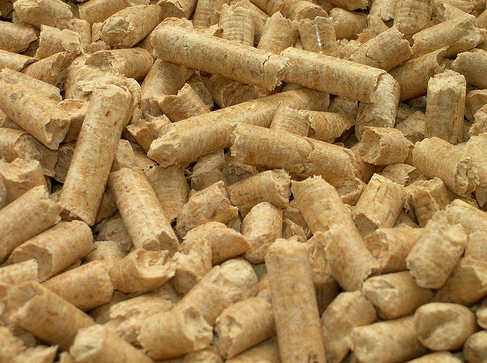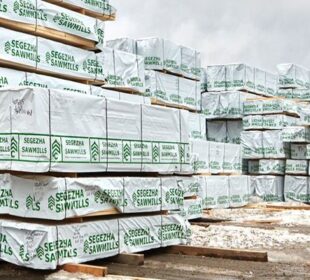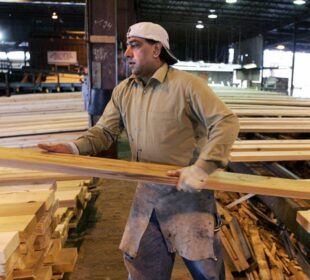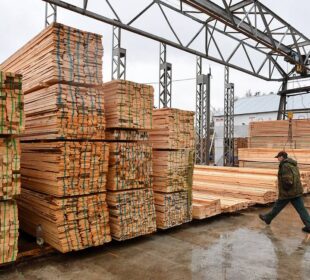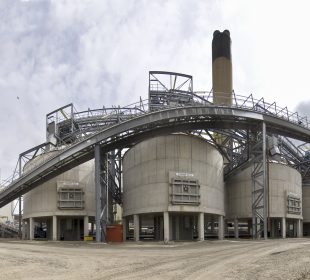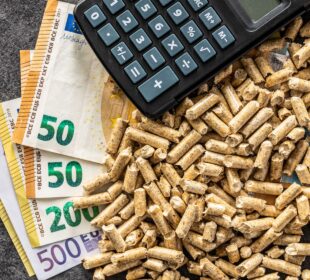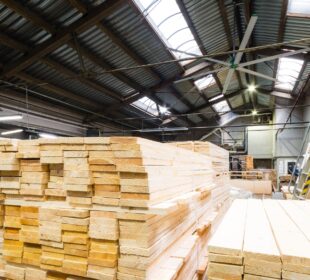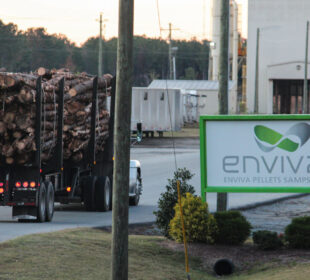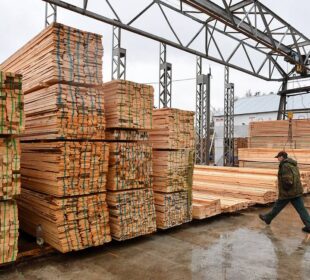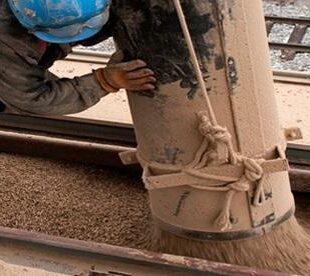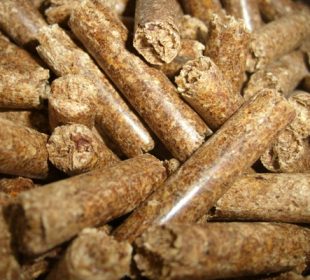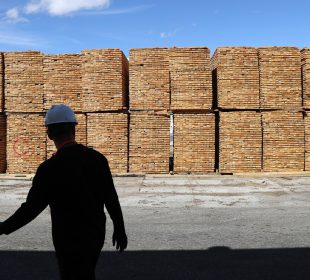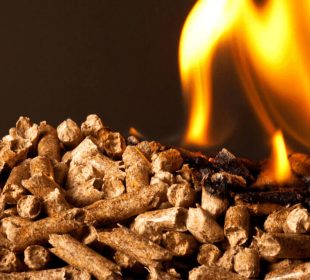Japan's consumption of wood pellets continues to increase significantly in the wake of the Fukushima Daiichi nuclear disaster in 2011, as its government has targeted a “best energy mix” of roughly 4 GW of biomass-fired capacity by 2030. By then, Japanese demand for wood pellets will be upwards of 15 million tons per year—a staggering 3,000% increase from its consumption of roughly 500,000 tons in 2017.
Where will these millions of tons of wood pellets come from in the future?
In 2018, Japan was home to 145 operating pellet facilities that produced just 125,000 metric tons annually; most facilities produce between 100 and 1,000 tons annually, which is a very small quantity compared to modern export wood pellet facilities in North America and Europe.

